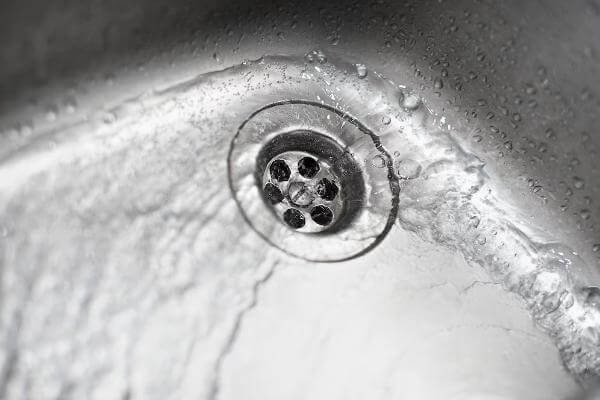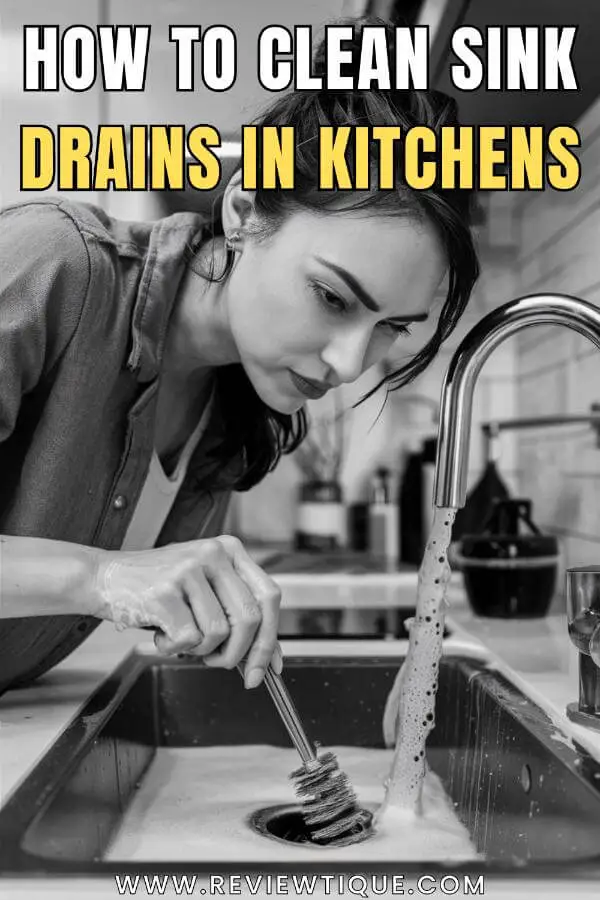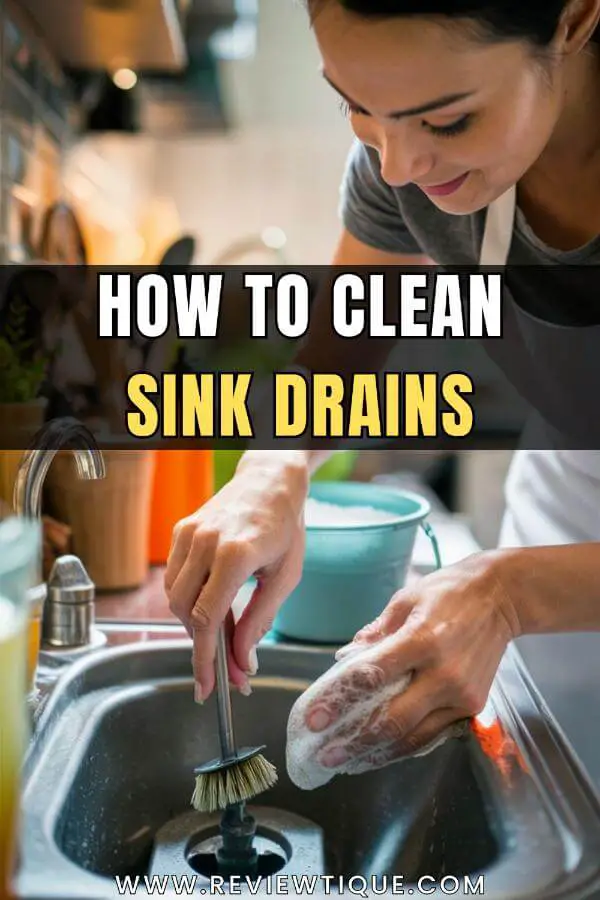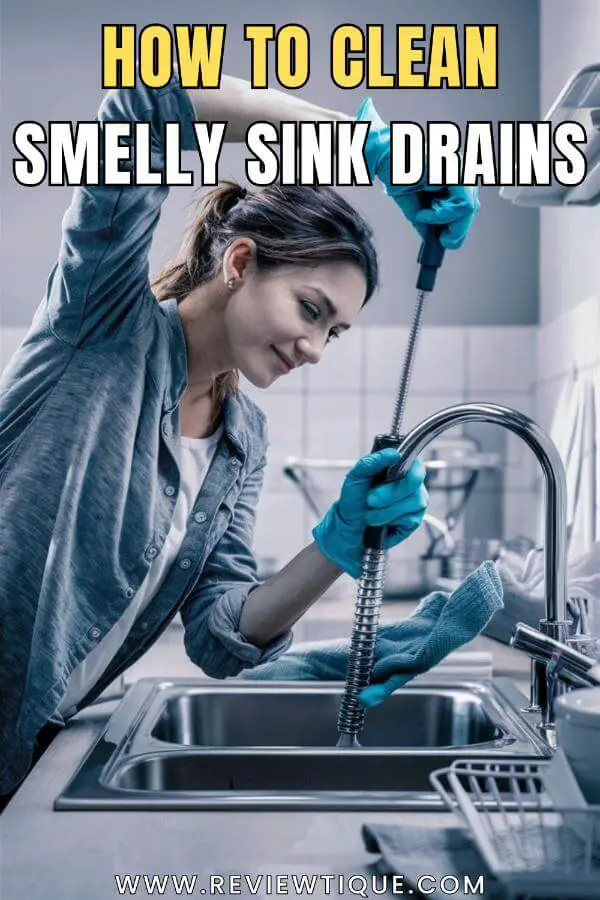
Sink drains in both kitchens and bathrooms are prone to clogging due to the accumulation of various substances such as food particles, grease, hair, soap scum, and mineral deposits. Regular cleaning of sink drains is essential not only to prevent clogs but also to maintain proper hygiene.
In this guide, we’ll explore effective methods for cleaning sink drains in both kitchen and bathroom settings.
Table of Contents
Kitchen Sink Drain Cleaning

a. Remove Debris: Start by removing visible debris such as food scraps, coffee grounds, and other solids from the sink drain. Use a sink strainer to prevent large particles from entering the drain in the future.
b. Hot Water Flush: Pour a pot of boiling water down the drain to help dislodge and flush away grease and soap residue.
c. Baking Soda and Vinegar: Pour half a cup of baking soda down the drain, followed by half a cup of vinegar. Let the mixture fizz and work its way down the drain for about 10-15 minutes. Then, flush the drain with hot water.
d. Plunger: If the drain is still slow or clogged, use a plunger to create pressure and dislodge the blockage. Make sure to cover the overflow opening with a damp cloth to create a tight seal.
e. Plumbing Snake: For stubborn clogs, use a plumbing snake to physically break up and remove the obstruction. Insert the snake into the drain and rotate it until you feel resistance. Then, slowly pull it out, bringing the clog with it.
Bathroom Sink Drain Cleaning

a. Remove Stopper: If your bathroom sink has a stopper, remove it to access the drain.
b. Clean Stopper and Drain: Scrub the stopper and drain opening with a brush or old toothbrush to remove hair, soap scum, and other debris.
c. Boiling Water and Vinegar: Similar to the kitchen sink, pour boiling water down the drain to loosen any buildup, followed by a mixture of baking soda and vinegar. Let it sit for a few minutes before flushing with hot water.
d. Plunge or Snake: Use a plunger or plumbing snake to clear any remaining clogs in the drain. Remember to cover the overflow opening with a cloth when plunging.
e. Bio-Enzymatic Drain Cleaner: Consider using a bio-enzymatic drain cleaner regularly to maintain a clean and odor-free drain. These cleaners contain beneficial bacteria that break down organic matter over time.
General Tips for Maintaining Clean Sink Drains:

- Avoid pouring grease, oil, or fat down the drain as they can solidify and cause clogs.
- Use sink strainers to catch food particles, hair, and other debris before they enter the drain.
- Run hot water down the drain after each use to help prevent buildup.
- Regularly clean sink stoppers, strainers, and drain covers to prevent blockages.
- Avoid using chemical drain cleaners, as they can damage pipes and harm the environment.
Maintaining clean sink drains in both the kitchen and bathroom is essential for preventing clogs and ensuring proper drainage. By following the methods outlined in this guide and adopting good maintenance habits, you can keep your sink drains free-flowing and hygienic for years to come. Remember to address clogs promptly to prevent more serious plumbing issues down the line.

